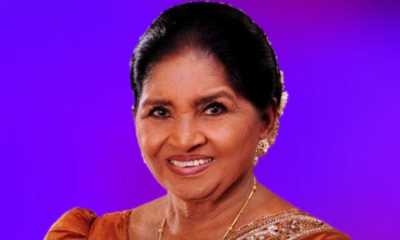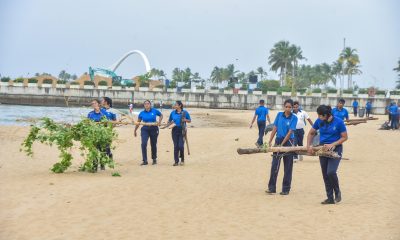News
Pathfinder Foundation hosts 5th Dialogue with Diplomats on Great Power Competition in the Indo-Pacific
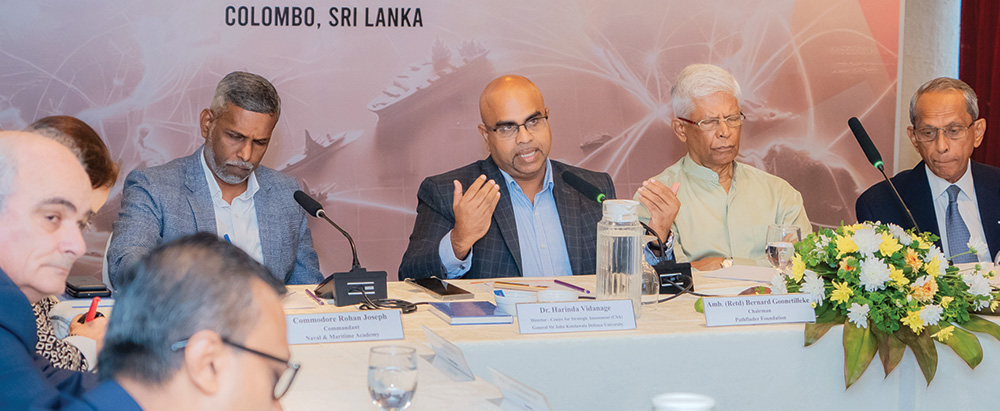
Pathfinder Foundation hosted its fifth Dialogue with Diplomats, focused on “The Great Power Competition in the Indo-Pacific and its impact on Small States in South Asia, with a special reference to Sri Lanka” held Cinnamon Grand Colombo recently. The Dialogue provided a platform for Colombo-based diplomats and subject experts to explore the complex geopolitical dynamics of the Indo-Pacific region and their implications for small states such as Sri Lanka. The event attracted diverse participation from the diplomatic community and local experts and generated a rich debate, exchanging constructive ideas and perspectives.
The panel of speakers included key figures with expertise in Sri Lanka’s strategic issues and foreign policy. The presentations focused on the growing rivalry between major powers, and its impact on regional security and maritime stability while reflecting on challenges faced by the new administration in Sri Lanka following the General Election later this month. Lead Presenter, Dr. Harinda Vidanage, Director of the Centre for Strategic Assessment at the General Sir John Kotelawala Defence University, presented the latest insights on evolving power struggles in the Indo-Pacific. Ambassador (Retd.) H.M.G.S. Palihakkara, former Foreign Secretary of Sri Lanka, provided valuable perspectives on the country’s foreign policy strategies in navigating the delicate balance between competing powers. Commodore Rohan Joseph, Commandant of the Naval & Maritime Academy of Sri Lanka, elaborated on maritime challenges facing small island nations in the Indian Ocean, including the rise of non-traditional security threats.
A key policy imperative discussed at length was the need for Sri Lanka, as a small state, to strike a delicate balance in its relations with major global powers while maintaining its sovereignty and independence. The panel highlighted Sri Lanka’s historical non-alignment stance and discussed how the country is recalibrating its foreign policy to address evolving Indo-Pacific dynamics. The need for a flexible and pragmatic approach to diplomacy was stressed, ensuring Sri Lanka’s strategic autonomy amidst increasing pressure from competing superpowers. The fact that the ‘rules-based’ has become a doctrine grounded on rivalry and containment rather than rules-based cooperation was flagged as a concern. Furthermore, it was emphasized that the country should have greater freedom in making domestic policy decisions as long as such decisions do not threaten countries in the neighbourhood.
Focusing on Sri Lanka, an important point highlighted was linking government institutions, think tanks, and academia to the decision-making process and encouraging a think tank culture. Furthermore, it was stressed that rather than a policy on non-alignment, small states could adopt a policy of ‘right alignment’, which would empower them whilst ensuring autonomy.
The event was moderated by Bernard Goonetilleke, Chairman of Pathfinder Foundation. The interactive Q&A session allowed diplomats and experts to share their views on how Sri Lanka can safeguard its sovereignty while engaging constructively with regional powers. The Dialogue underscored the importance of strategic autonomy for Sri Lanka, highlighting the need for a nuanced approach to foreign relations that prioritizes national security and regional stability.
In his concluding remarks, Dr. Dayaratna Silva, Executive Director of Pathfinder Foundation, emphasized the Foundation’s commitment to fostering discussions on critical geopolitical issues impacting Sri Lanka and the Indian Ocean Region. The event was a success, with participants expressing appreciation for the insights shared and the depth of the discussions.
Latest News
Interment of singer Latha Walpola at Borella on Wednesday [31st]
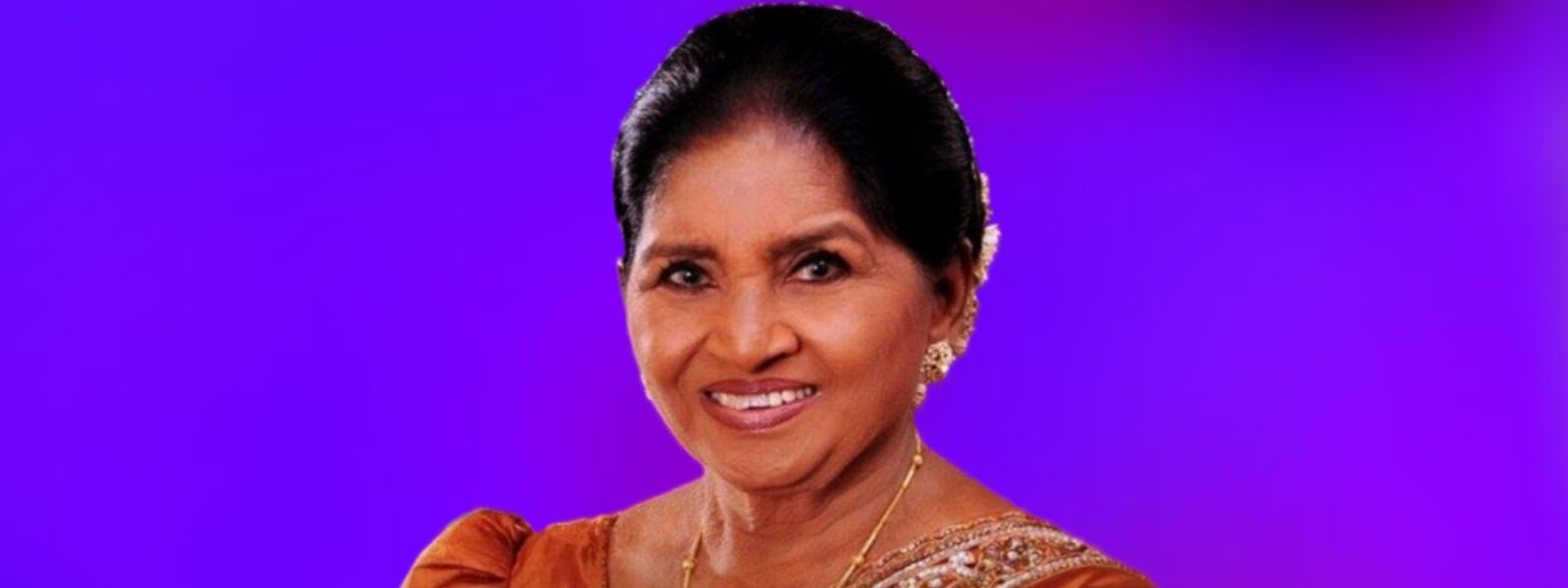
Family sources have confirmed that the interment of singer Latha Walpola will be performed at the General Cemetery Borella on Wednesday (31 December).
News
Western Naval Command conducts beach cleanup to mark Navy’s 75th anniversary

In an environmental initiative commemorating the 75th anniversary of the Sri Lanka Navy, the Western Naval Command organized a cleanup programme at Galle Face Beach on Saturday (27 Dec 25).
The programme focused on the removal of substantial solid waste littering the beachfront, including accumulated plastic and polythene debris. All collected wastey was systematically disposed of utilizing methods designed to safeguard the sensitive coastal ecosystem.
Demonstrating a strong commitment to the cause, the cleanup effort saw the participation of the Commander Western Naval Area and a group of over 200 naval personnel.
News
Environmentalists warn Sri Lanka’s ecological safeguards are failing

Sri Lanka’s environmental protection framework is rapidly eroding, with weak law enforcement, politically driven development and the routine sidelining of environmental safeguards pushing the country towards an ecological crisis, leading environmentalists have warned.
Dilena Pathragoda, Managing Director of the Centre for Environmental Justice (CEJ), has said the growing environmental damage across the island is not the result of regulatory gaps, but of persistent failure to enforce existing laws.
“Sri Lanka does not suffer from a lack of environmental regulations — it suffers from a lack of political will to enforce them,” Pathragoda told The Sunday Island. “Environmental destruction is taking place openly, often with official knowledge, and almost always without accountability.”
Dr. Pathragoda has said environmental impact assessments are increasingly treated as procedural formalities rather than binding safeguards, allowing ecologically sensitive areas to be cleared or altered with minimal oversight.
“When environmental approvals are rushed, diluted or ignored altogether, the consequences are predictable — habitat loss, biodiversity decline and escalating conflict between humans and nature,” Pathragoda said.
Environmental activist Janaka Withanage warned that unregulated development and land-use changes are dismantling natural ecosystems that have sustained rural communities for generations.
“We are destroying natural buffers that protect people from floods, droughts and soil erosion,” Withanage said. “Once wetlands, forests and river catchments are damaged, the impacts are felt far beyond the project site.”
Withanage said communities are increasingly left vulnerable as environmental degradation accelerates, while those responsible rarely face legal consequences.
“What we see is selective enforcement,” he said. “Small-scale offenders are targeted, while large-scale violations linked to powerful interests continue unchecked.”
Both environmentalists warned that climate variability is amplifying the damage caused by poor planning, placing additional strain on ecosystems already weakened by deforestation, sand mining and infrastructure expansion.
Pathragoda stressed that environmental protection must be treated as a national priority rather than a development obstacle.
“Environmental laws exist to protect people, livelihoods and the economy,” he said. “Ignoring them will only increase disaster risk and long-term economic losses.”
Withanage echoed the call for urgent reform, warning that continued neglect would result in irreversible damage.
“If this trajectory continues, future generations will inherit an island far more vulnerable and far less resilient,” he said.
Environmental groups say Sri Lanka’s standing as a biodiversity hotspot — and its resilience to climate-driven disasters — will ultimately depend on whether environmental governance is restored before critical thresholds are crossed.
By Ifham Nizam ✍️
-

 News6 days ago
News6 days agoMembers of Lankan Community in Washington D.C. donates to ‘Rebuilding Sri Lanka’ Flood Relief Fund
-

 News4 days ago
News4 days agoBritish MP calls on Foreign Secretary to expand sanction package against ‘Sri Lankan war criminals’
-

 News7 days ago
News7 days agoAir quality deteriorating in Sri Lanka
-

 News7 days ago
News7 days agoCardinal urges govt. not to weaken key socio-cultural institutions
-

 Features6 days ago
Features6 days agoGeneral education reforms: What about language and ethnicity?
-

 Opinion7 days ago
Opinion7 days agoRanwala crash: Govt. lays bare its true face
-
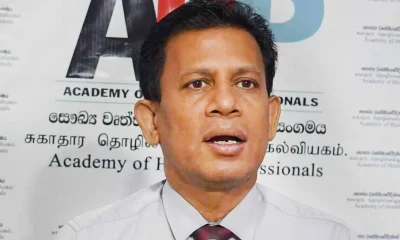
 News6 days ago
News6 days agoSuspension of Indian drug part of cover-up by NMRA: Academy of Health Professionals
-

 News7 days ago
News7 days agoCID probes unauthorised access to PNB’s vessel monitoring system




